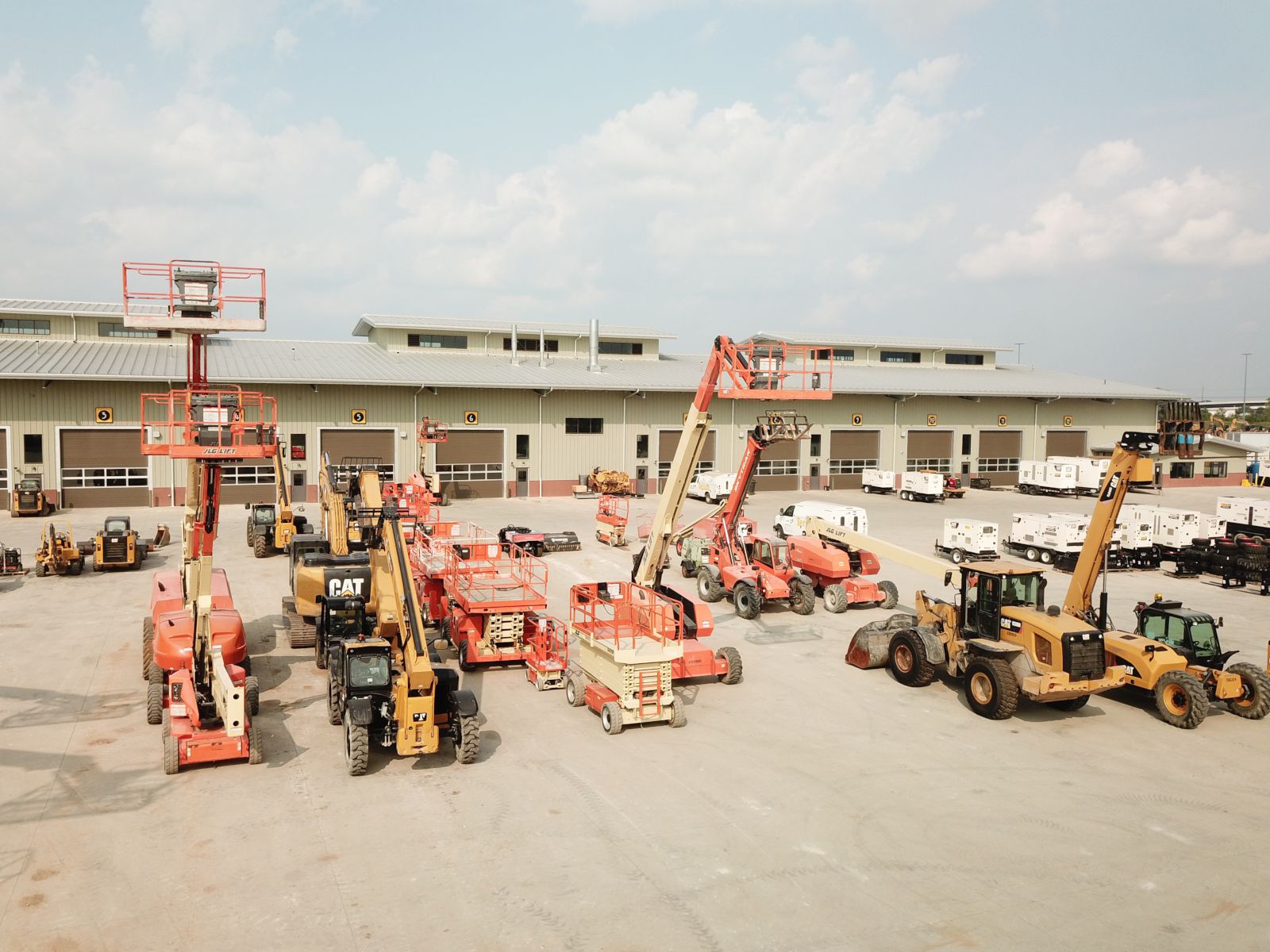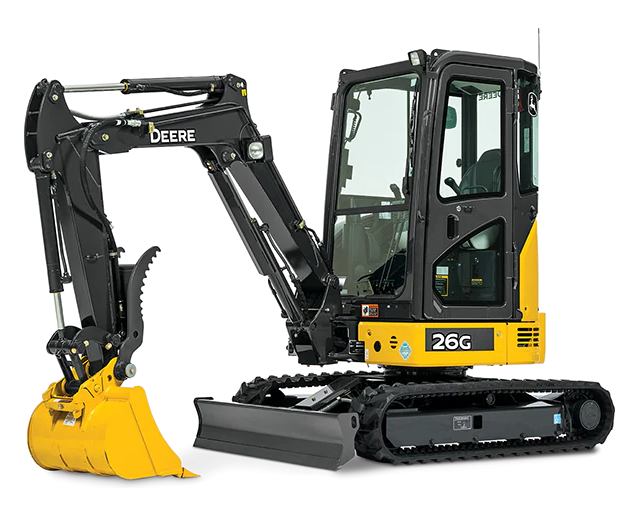Heavy Equipment Rental: Huge Equipment for Any Type Of Construction Job
Heavy Equipment Rental: Huge Equipment for Any Type Of Construction Job
Blog Article
Optimize Your Budget Plan by Recognizing the Expenses Associated With Construction Devices Rentals
Understanding the complete extent of expenses connected with construction equipment rentals is vital for optimizing your spending plan. While the initial rental charge may seem uncomplicated, numerous added expenses-- such as transportation, fuel surcharges, and maintenance-- can promptly collect, impacting your monetary preparation. Being conscious of different charges and the intricacies of rental contracts can aid stay clear of unanticipated economic burdens. What techniques can be utilized to successfully handle these prices and ensure a more reliable rental experience?
Overview of Rental Costs
When considering building equipment leasings, understanding the connected prices is extremely important for effective budgeting and job preparation. Rental expenses can differ significantly based upon several elements, consisting of tools type, duration of rental, and place. The first rental cost commonly mirrors the devices's market need and its associated operational abilities, influencing the general cost.
Along with the base rental rate, ancillary costs may emerge, such as transport charges, fuel surcharges, and maintenance fees. It is important to represent these added expenditures to properly assess the complete cost of renting equipment. The rental period can influence prices; longer services might qualify for affordable prices, while short-term rentals may incur greater daily fees.

Malfunction of Rental Prices
A thorough understanding of rental prices is essential for service providers and task managers aiming to enhance their spending plans. Rental prices for construction devices usually include several parts, consisting of base rates, time-based fees, and usage costs.
Base rates are the core charges connected with the leasing of the equipment, often established by the type and dimension of the equipment. These prices can differ dramatically, influenced by factors such as equipment need, availability, and regional market patterns. Time-based costs, which might be daily, weekly, or monthly, offer to fit different project timelines and rental durations.
Furthermore, rental prices may include use fees, which are appropriate when equipment is made use of beyond a specified limit, guaranteeing that the rental business can account for wear and tear. Seasonal demand changes can additionally affect rental rates, with peak construction seasons commonly commanding higher prices.
Moreover, understanding the rental business's plans regarding upkeep and insurance can give further insight right into the total cost framework. By evaluating these elements, contractors can make educated choices, ensuring the option of rental tools lines up with both project demands and budget constraints.
Additional Costs to Think About
Understanding the details of added fees is important for specialists to handle their total rental expenditures properly. Past the typical rental prices, various additional costs can significantly influence the overall expense of devices leasing. These fees usually consist of shipment and pickup fees, which can differ based upon distance and logistics involved in delivering the equipment to and from the work website.
In addition, some rental companies might impose fuel additional charges if the equipment is returned with less fuel than when rented. It is likewise vital to know prospective cleaning charges, especially for specific devices that needs extensive maintenance after use.

Completely reviewing the rental contract and making clear these added costs ahead of time can assist contractors stay clear of unanticipated expenses and guarantee that spending plans continue to be intact throughout the job lifecycle.
Repair And Maintenance Expenses
Normal upkeep and repair work expenditures are frequently forgotten factors that can significantly influence the overall expense of building tools leasings. When renting out devices, it is important to think about not just the rental charges yet also the possible costs related to keeping the equipment in optimal operating condition.
Several rental companies consist of standard upkeep as component of the rental arrangement; nonetheless, a lot more here considerable repair work or unanticipated malfunctions can bring about additional expenses. It's vital to examine the rental contract thoroughly to recognize what upkeep services are covered and what responsibilities fall on the tenant.
In addition, equipment that is not well-kept can cause inefficiencies on the work website, potentially increasing and creating hold-ups task expenses. To alleviate these threats, it is recommended to perform routine evaluations and preserve open communication with the rental supplier regarding any problems that emerge during usage.
Insurance Coverage and Liability Prices
Insurance coverage and liability prices are vital elements that can dramatically influence the total expenditure of building devices services (aerial lift rental). These expenses ensure that both the rental company and the client are protected from possible economic losses emerging from accidents, damage, or theft during the rental period

In addition, customers must understand any deductibles or exemptions in the insurance coverage policy, as these can influence possible out-of-pocket costs. Understanding the terms of any type of insurance policy protection is crucial to stay clear of unanticipated costs. Eventually, budgeting for insurance coverage and liability expenditures can assist ensure a smoother rental experience and protect versus economic threats related to building and construction projects.
Final Thought
In conclusion, an extensive understanding of the costs connected with building and construction equipment services is essential for efficient budget administration. By analyzing rental rates, added costs, upkeep costs, and insurance coverage people, organizations and demands can reduce unforeseen expenditures. This critical method not just enhances cost-effectiveness however likewise makes certain that tasks advance efficiently and efficiently. Inevitably, informed decision-making pertaining to devices services adds to the total success of building endeavors.
Rental costs can differ substantially based on a number of factors, including tools type, period of leasing, and area (forklift rental). The rental period can impact pricing; longer rentals may qualify for affordable rates, while short-term services could sustain greater daily charges
By performing detailed research study and involving with reputable rental business, service providers can effectively navigate the complexities of rental prices, eventually optimizing their monetary sources.
Beyond the conventional rental prices, different additional costs can significantly affect the total cost of tools leasing. Rental business usually give responsibility insurance that covers injuries to 3rd celebrations or damage to wikipedia reference residential or commercial property, while devices damages insurance coverage can cover the cost of repair services or substitute if the rented tools is damaged.
Report this page